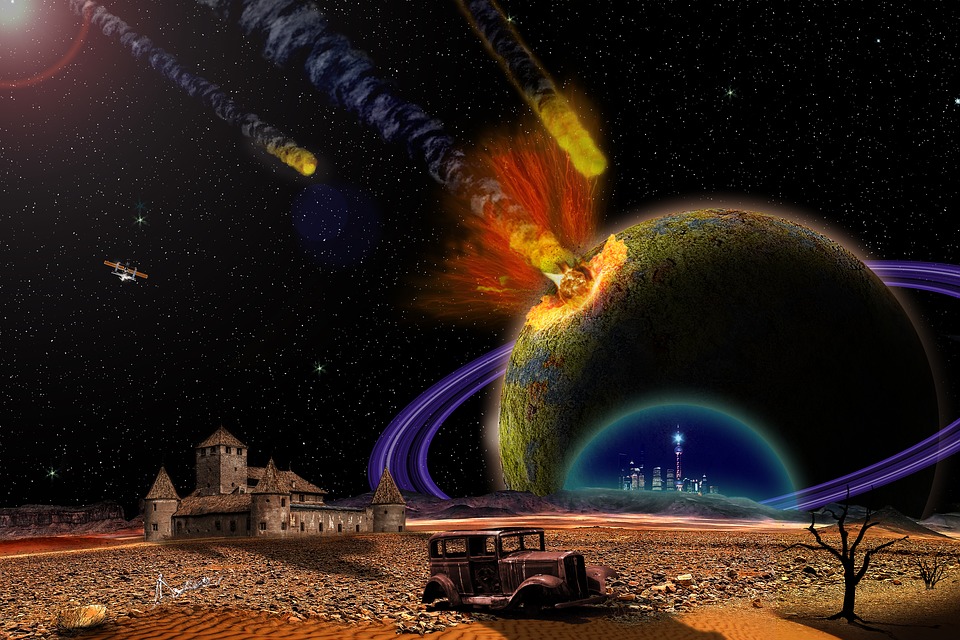Context
On November 13, 2015, a meteorite fell near the town of Kamargaon in Assam, India. It weighed a little over 12 kg and scientists decoded its mineral composition and classified it as a chondrite, a variety of stony meteorite.
In news
A new study has now shown that by studying this meteorite and its minerals we may find new clues about the Earth’s lower mantle
Layers of earth
- The Earth has different layers - the upper, very thin crust, followed by the intermediate silicate mantle which starts from 30 km to 2,900 km depth, and then the centre iron-nickel alloy core.
- The mantle faces high temperature and pressure.
- So by studying these meteorites which may have experienced similar high pressure and temperature conditions, we can understand the inaccessible mantle layer in detail.
Previous Studies
- Previous studies had noted that the Kamargaon meteorite contains minerals such as olivine, pyroxene, plagioclase, and chromite.
- Olivine is also found in Earth's upper mantle. It breaks down into bridgmanite and magnesiowustite in Earth’s lower mantle conditions.
- This breaking down is an important reaction that controls the physical and chemical properties of the Earth's interior.
The study
- Using new high-resolution electron microscopy and spectroscopy, researchers studied this dissociation reaction of olivine in the Kamargaon meteorite.
- They noted an alternative mechanism and reactions that may be driving the transformation of olivine.
- “It is possible that when materials are transported to the lower mantle by convection or subduction, there would be high-temperature conditions in the lower mantle that would cause this dissociated reaction.
- This meteorite originated from the asteroid belt, between Mars and Jupiter, and was somehow sucked by Earth’s gravity. By studying different meteorites, we can understand in detail about their parent body and in the process understand our own planet and its formation.
Source: The Hindu





